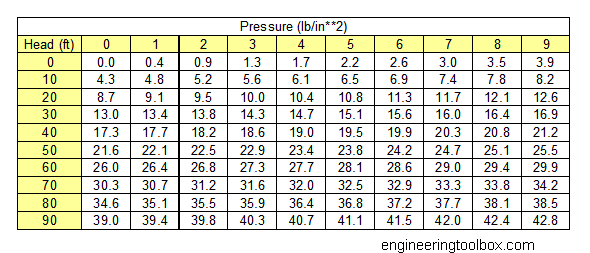

Modern reinforcedĬoncrete can contain varied reinforcing materials made of steel, polymers or alternate composite Of the concrete that might cause unacceptable cracking and/or structural failure. Reinforcing schemes are generally designed to resist tensile stresses in particular regions Reinforcing bars (rebar) and is usually embedded passively in the concrete before the concrete The reinforcement is usually, though not necessarily, steel Low tensile strength and ductility are counteracted by the inclusion of reinforcement having Bar to Pound per Square Inch Conversion Table 1 bar, 14.5 psi 2 bar, 29.01 psi 3 bar, 43.51 psi 4 bar, 58.02 psi 5 bar, 72.52 psi 6 bar, 87.02 psi 7 bar. Reinforced cement concrete or RCC is a composite material in which concrete's relatively The mixture of cement, fine aggregate (sand) and coarse aggregate and reinforcement to increase its compressive and tensile strength are generally called Reinforced cement concrete (RCC). The term RCC stands for Reinforced cement concrete. Although the Pascal is used more in the scientific context, PSI is used more day-to-day. From tire pressure to gas pressure and quite a few others. The system came into use in England about 1300 and was used primarily in the international wool trade.Ĭurrent Use: PSI is used worldwide to measure a lot of pressures. It is based on the avoirdupois system, a system that uses weights in terms of the avoirdupois pound, which was standardized in 1959. History : This unit finds its history in the imperial and American system of units of measure. One PSI is approximately 6.895 Pascal (N/m2). It is defined as the pressure created when a force of one pound-force is applied to a surface of one square inch. To be able to do this anyway, an average approximation is always used.ĭefinition : A PSI is a unit used worldwide. Because it is not the same everywhere, you cannot simply apply a conversion factor to convert PSI to Pa or bar. Boost pressure is 0.6 bars (8.7 psi) continuous with a 0.8 bars (12 psi). The pressure that a Pound delivers depends on gravity which is not the same everywhere on earth. The Family II is a straight-4 piston engine that was originally developed by Opel in the. Using the conversion formula above, you will get: Value in psi 700 × 14.503773800722 10152.6 pounds per square inch. Suppose you want to convert 700 bar into pounds per square inch. The PSI is an American unit and stands for Pounds per Square Inch. Here is the formula: Value in pounds per square inch value in bar × 14.503773800722. 1 atmosphere is therefore 1013 millibars and 1013 hectopascals. In this case, 1 millibar is exactly equal to 1 hectopascal. Air pressure is also regularly expressed in millibars or hectopascals.

The atmosphere corresponds more closely to the average air pressure at sea level, and is defined as follows: 1 atm = 101.325 Pa so just over 1 bar. Meteorologists and weather forecasters worldwide use this unit, as an expression in Pascal would lead to much longer numerical results. Where atmospheric pressure equals 1013.25 mbar (101.325 kPa). Millibars (symbol: MB) is also commonly used to describe atmospheric pressure.

BARS TO PSI CONVERTER FREE
The International Bureau of Weights and Measures, while indicating that authors are free to use bar, has not included it in the permitted list of the SI. The term “bar” comes from the Greek word “baros,” meaning weight.Ĭurrent usage : Although bar is the unit of pressure, it is not accepted by the International System of Units (SI) and is even disapproved in some areas. History: Bar was once introduced by Vilhelm Bjerknes, a Norwegian meteorologist who was at the forefront of modern weather forecasting. bar to psi Conversion Table The pressure unit bar can be converted into pounds force per square inch in the following way: 1 psi 6,894. This unit is pretty much the standard reference when it comes to pressure. The bar is defined as 100,000 Pa, or 100 kPa. The bar is originally a British unit, and 1 bar roughly corresponds to the average air pressure at sea level (although 1 atmosphere (atm) is a better description). However, Pascal is not the only unit used for pressure:


 0 kommentar(er)
0 kommentar(er)
